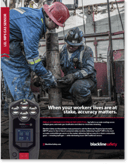Blackline Safety is a technology leader driving innovation in the industrial workforce through IoT (Internet of Things). With connected safety devices and predictive analytics, Blackline enables companies to drive towards zero safety incidents and improved operational performance. Blackline provides wearable devices, personal and area gas monitoring, cloud-connected software and data analytics to meet demanding safety challenges and enhance overall productivity for organizations with coverage in more than 100 countries. Armed with cellular and satellite connectivity, Blackline provides a lifeline to tens of thousands of people, having reported over 200 billion data-points and initiated over seven million emergency alerts. For more information, visit BlacklineSafety.com and connect with us on Facebook, Twitter, LinkedIn and Instagram.
Fire and Hazmat Gas Monitoring Guide: Take Command of Your Response
Blackline Safety, Leader in Connected Gas Detection & Lone Worker Safety
April 09, 2021
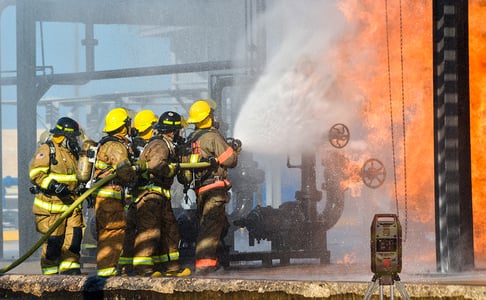 For fire service teams responding to hazardous materials (hazmat) scenarios, speed and accuracy are of the essence. Hazmat incidents are high-threat situations that require rapid response, a targeted approach, and effective collaboration across multiple jurisdictions and agencies to, first and foremost, assure the safety of response personnel and then mitigate damage and loss.
For fire service teams responding to hazardous materials (hazmat) scenarios, speed and accuracy are of the essence. Hazmat incidents are high-threat situations that require rapid response, a targeted approach, and effective collaboration across multiple jurisdictions and agencies to, first and foremost, assure the safety of response personnel and then mitigate damage and loss.
Once dispatched, hazmat response teams must methodically evaluate the situation, set a perimeter, determine whether to order the shelter in place or evacuation of potentially affected communities, and then decontaminate the area as quickly as possible, all while maintaining clear communication with the command center and other agencies. Gaps in communication, incorrect or missing information, or lags in response times can lead to serious and potentially life-threatening consequences.
To ensure a quick, safe, and effective response, your team needs accurate, real-time data at their fingertips, and one of the most critical pieces of information will likely come from gas detection devices. Various types of gas monitoring and detection devices, both area and personal, provide hazmat response teams a good picture of the potential hazards present. And with the data provided, they may also improve the speed and effectiveness of the response, determine appropriate courses of action, and ultimately save lives.
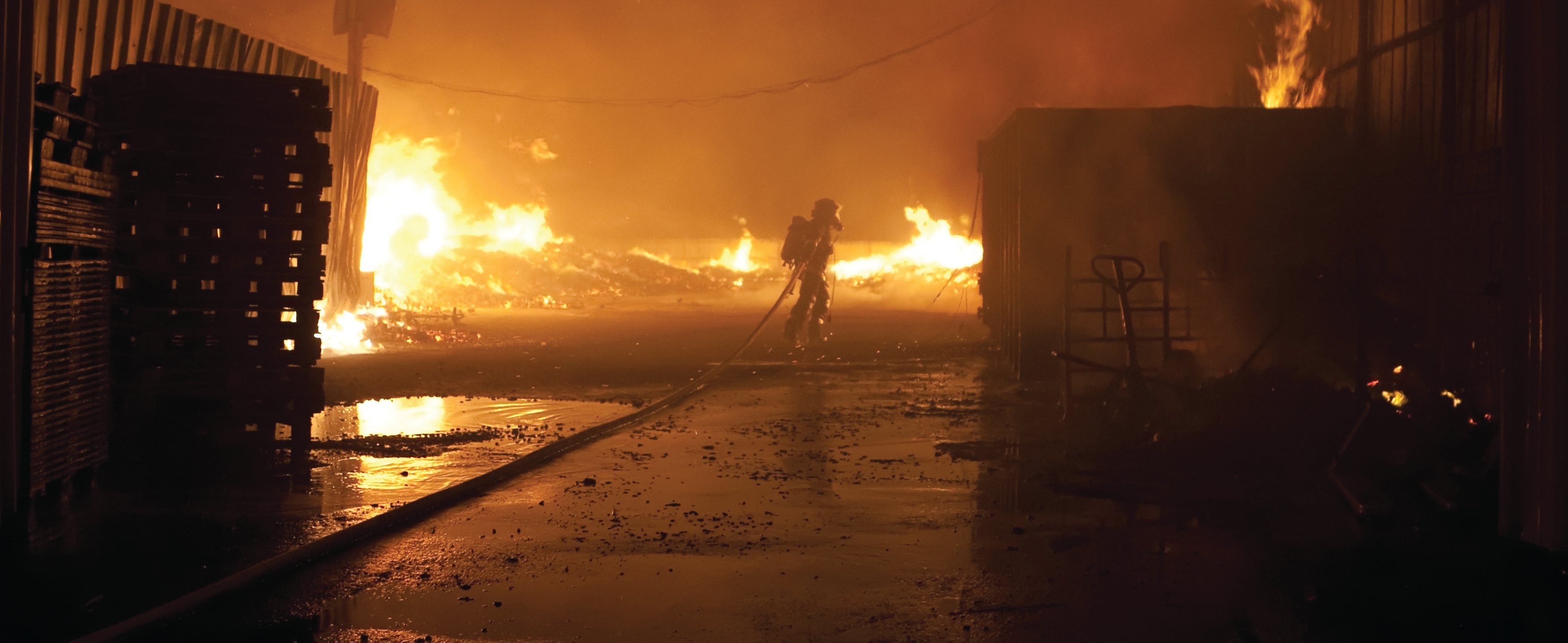
However, gas monitoring in hazmat scenarios is not without its challenges, and not all gas monitoring instrumentation is equally as effective for emergency situations. For example, some gas monitoring devices require complex setup, consuming critical time in situations where every second matters. Meanwhile, some devices struggle to maintain connection with the command center if there is any interference from local obstacles, such as buildings or infrastructure. Because of this, the technology you choose can be the difference between empowering or hindering your hazmat response.
6 Gas Monitoring Considerations to Help You Take Command of Your Hazmat Response
Gas monitoring and connected safety technology should empower your fire and hazmat response and give you more control and visibility into the situation; however, ineffective technology will only slow your team down. The following guide will help you select the best gas monitoring solution so you can take command of your hazmat response.
1. Speed and Simplicity of Deployment
For hazmat response instrumentation, speed of deployment is critical, as mere minutes can mean the difference between life and death. A simple, intuitive device that can be setup quickly is a must. Choose portable gas monitoring devices that your team can easily set and forget, without spending critical time adjusting settings or checking for connectivity. For example, with the G7 EXO area monitor from Blackline Safety, just place the area monitor where you want, push the setup wizard, and the device is connected in a few minutes.
2. Reliable Connectivity Anywhere in the World
Ensuring your devices will always be connected and online is critical to maintaining real-time visibility into volatile hazmat situations. Keeping the command center at a safe distance is pivotal for safety operations, and some technologies limit that distance to what could turn into being unsafe. If monitoring and detection instruments operate on Mesh or Wi-Fi networks, complications with connectivity to the command center may be compounded by interferences (buildings, trees, or topography). These devices also often have limited range, making them unable to connect to the command center at all if they are more than two miles away. Mesh networks also usually limit the total number of devices that can be connected to the network at the same time.
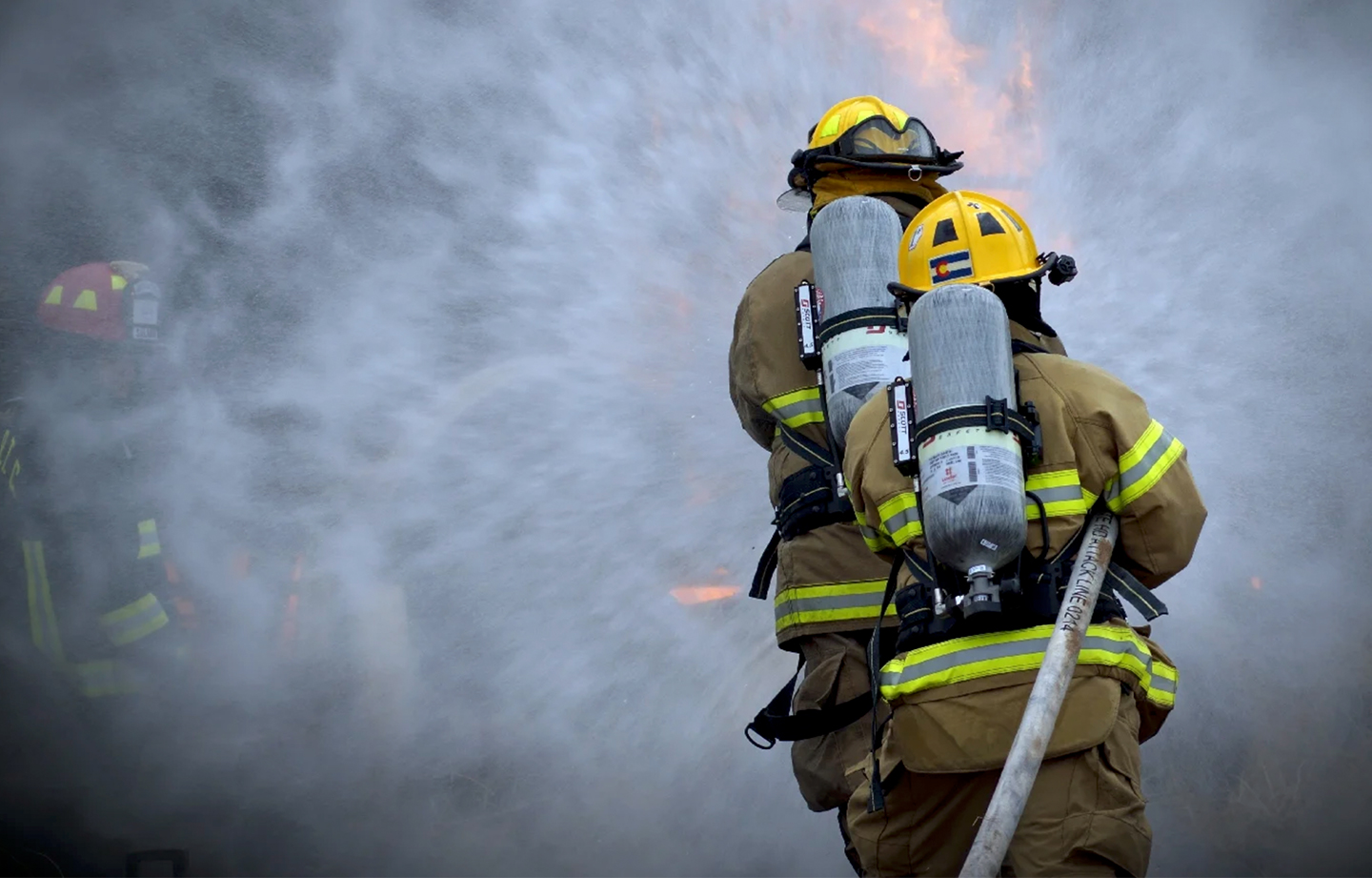
Instead, choose a device without range limits that automatically connects to the cloud with 3G/4G and/or Satellite connectivity. Satellite connectivity will be very important in remote areas where either cellular connection is limited or the possibility exists where cell signals get “stepped on” by sheer volume of callers, such as in crowded stadiums. Having more inherent flexibility and versatility with area and personal devices is critical towards quick deployment and being able to address the concerns at hand. The ability to “set it and forget it” is an important consideration in equipment selection; you shouldn’t have to spend time and resources finding proper locations for instrument placement. And components, such as sensors or sensor packs, should be interchangeable between devices for easy swap-out wherever you need to have them.
3. Live Data and Insights
Having live data and insights can provide you greater situational awareness to effectively monitor ongoing hazmat incidents and adjust your team’s approach as needed based on real-time information. Having this information at your fingertips will give you greater confidence in making critical, time-sensitive safety decisions. For example, real-time data from gas detectors can help avoid costly and disruptive false evacuations while also ensuring that everyone who does need to evacuate can get out quickly and safely.
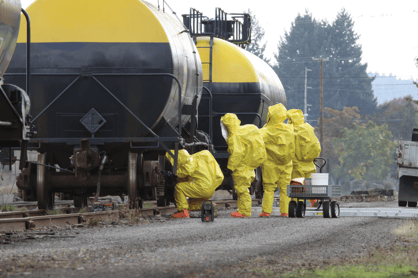 Not all gas monitoring devices will provide these benefits, and in fact, many gas monitors on the market today are not backed with the technology required to provide a truly “live” experience. For example, some solutions merely provide screenshots at set intervals that can then be shared with other teams or agencies, but as soon as the data is sent, it is out of date. In order for data from connected safety devices to be truly valuable, the data MUST be both available and usable in real-time. This means data from gas monitoring sensors must be immediately visible in an intuitive software interface, like Blackline Live, that clearly displays the exact location and status from each device along the incident’s perimeter or worn by the first responder. Seamless integration with your Emergency Operation Center (EOC) is also a must.
Not all gas monitoring devices will provide these benefits, and in fact, many gas monitors on the market today are not backed with the technology required to provide a truly “live” experience. For example, some solutions merely provide screenshots at set intervals that can then be shared with other teams or agencies, but as soon as the data is sent, it is out of date. In order for data from connected safety devices to be truly valuable, the data MUST be both available and usable in real-time. This means data from gas monitoring sensors must be immediately visible in an intuitive software interface, like Blackline Live, that clearly displays the exact location and status from each device along the incident’s perimeter or worn by the first responder. Seamless integration with your Emergency Operation Center (EOC) is also a must.
It is critical that real-time data and insights can be shared with other agencies to ensure clear communication and a coordinated hazmat response based on the same shared information. With Blackline Live, the incident commander can share access to live reports and simultaneously update multiple groups without taking their time and focus away from the situation itself.
4. Improved LEL detection
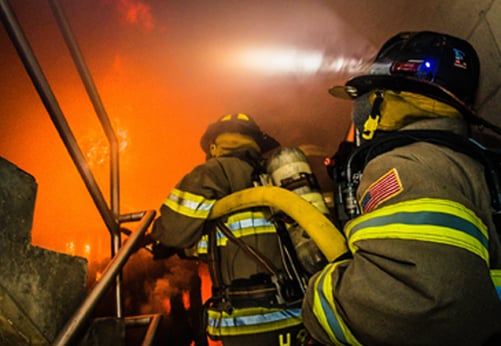
The combustible gas (LEL) sensor used by most portable gas detectors and area monitors on the market use has an Achille's heel: it can be “poisoned” by exposure to silicone vapors from contaminants such as common cleaners or lubricants (e.g. WD-40). This causes permanent damage and renders them unable to detect flammable gas in the area.
The device may show that no gas is detected, even when an explosive gas is indeed present. Blackline’s G7 EXO area monitor is the only area monitor on the market that offers the revolutionary MPS TrueLEL sensor for combustibles which is fully immune to silicone vapors.
The MPS sensor also detects H2 and acetylene which an NDIR sensor cannot. Plus, due to the increased accuracy of the MPS sensor for multiple flammable gases, as opposed to the other sensors that can only accurately detect the one explosive gas they were calibrated with, false alarms and subsequent evacuations are greatly reduced – saving precious time and resources.
READ MORE: THE MPS SENSOR: THE FIRST FLAMMABLE GAS SENSOR YOU CAN COUNT ON
5. Retrospective Analytics
While real-time data enables better decision making and a faster response during the incident, retrospective analytics can help identify areas of improvement and increase the effectiveness of the team’s responses to future incidents. Look for a connected safety solution that provides a robust analytics and reporting interface that can be customized to deliver the exact insights you need.
A solution like this will often go beyond simple gas monitoring. For example, Blackline Safety, combines combustible gas monitoring with personal monitoring devices to create a complete connected safety network. Each team member wears a personal monitoring device that tracks their location in real-time and can automatically detect if the team member has fallen and needs help, or, a responder can activate an SOS Alert to notify others that they need assistance. This protects the safety of each response team member even if they are separated from the rest of the team.
In addition, team member location data can help the command center better understand where resources are located and how to best position and mobilize team members throughout the duration of the incident. Once the response is completed, team member location data can be analyzed alongside the gas monitoring data to identify inefficiencies and define clear, data-driven strategies to improve future hazmat responses.
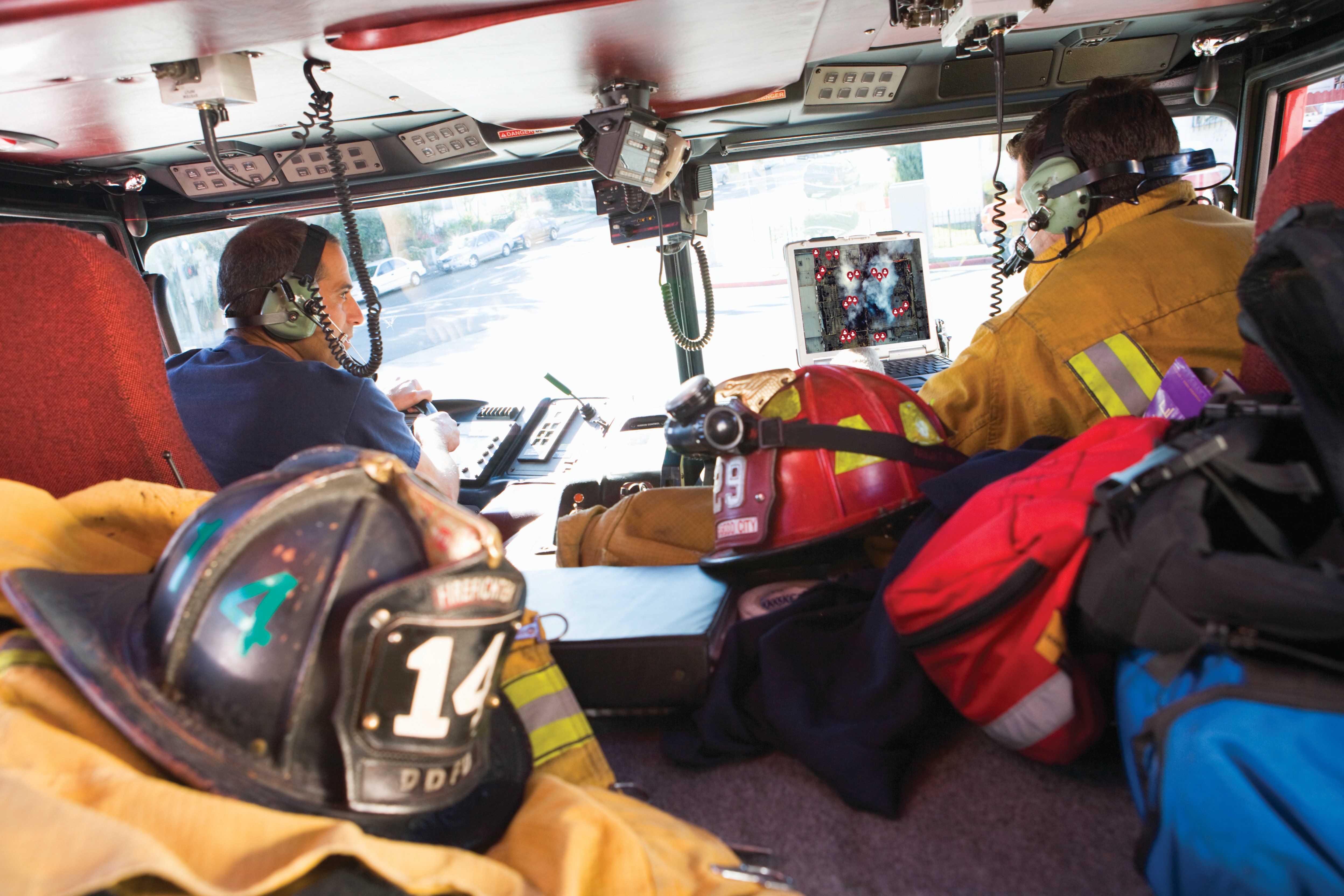
6. Long Battery Life
It can often take at least 24 to 48 hours to bring an incident to complete resolution and completely decontaminate the area. Gas monitoring must continue to provide real-time data throughout the entire response to protect the safety of response teams and the local community. However, many gas detectors provide only 16-20 hours of battery life during continuous use (even less in cold conditions). Because of this, fire departments and hazmat teams will often order and transport double the number of gas detectors required so that they can swap out devices once the first device’s battery has died.
Unfortunately, keeping extra inventory on hand means spending twice the amount of money and devoting twice the amount of storage in your hazmat response vehicle to accommodate the extra gas detectors. Furthermore, the response team must take precious time and attention away from dealing with the situation to check batteries and swap out devices as they lose power. This problem is further exacerbated in cold weather conditions, as batteries drain even faster at low temperatures, particularly below -4°F (-20°C). The team will also have to remember to change batteries and/or charge devices after every incident.
Instead, look for a device that has a battery life that can be measured in days (or weeks), not hours. For example, the G7 EXO provides 100 days of continuous run time with a four-gas cartridge, including continuous cloud connectivity. The device can be left for months without wasting valuable time changing batteries and will last for the entire incident regardless of weather conditions.
Conclusion
Having the right portable gas detectors and area monitoring technology for fire and hazmat response will give your teams valuable insight and visibility into rapidly evolving scenarios, empower your teams to make the right decisions quickly, and protect the safety of your response team and the local community.
Contact Blackline Safety today to speak with a one of our consultants about connected safety solutions for fire and hazmat.
LEARN MORE - Take Command of Your Fire and Hazmat Response
ADDITIONAL RESOURCES
Blog article: Fire and Hazmat Gas Monitoring Guide: Take Command of your Response
Fire and Hazmat Response Series
Preparation is more than key, it's vital. (1 of 3)
Take command safely, from anywhere. (2 of 3)
Connected safety enables retrospective analytics after an incident. (3 of 3)
READ MORE: KEEPING WORKERS SAFE WITH ACCURATE COMBUSTIBLE GAS DETECTION
>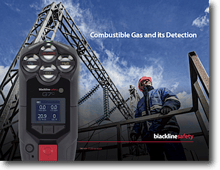
|
|
|
Get In Touch
Let’s start a discussion about your safety challenges and needs.
Related Blog Posts
EXO Detects Underground Danger
April 04, 2025
It started with a strange sight—bubbling groundwater just outside the offices of Blackline Safety channel partner Aegis Safety in Brisbane,...
When Seconds Matter: Protecting Emergency Responders and the Public from Radiation
March 28, 2025
Picture the scene: a firefighter races to a dumpsite unaware that improperly disposed of radioactive materials are present. The Geiger counter at the...
Real-life Incident: Lieutenant Anderson II’s Story – The Silent Killer
February 25, 2025
‘The absolute worst atmosphere I've seen': How G6 alerted first responders to lethal CO levels The scene that greeted firefighters as they...



